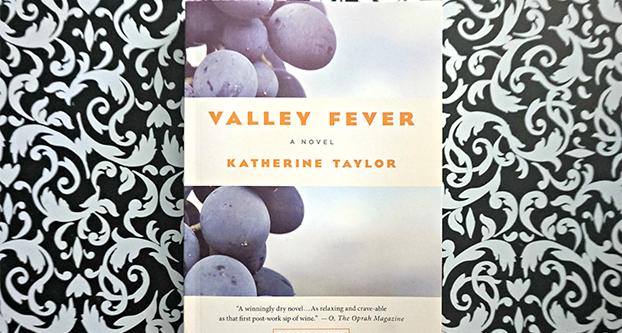I had high hopes for Katherine Taylor’s “Valley Fever.” I really did.
While there were moments I was completely engrossed in what I was reading, a lot of the time everything ended up falling flat.
Ingrid Palamede is our narrator, and one thing she does not do is return to the places she has lived. That is, until a breakup leaves her heartbroken and homeless, and the only place she has left is her childhood home of Fresno, California.
Once home, Ingrid must face her aging parents’ financial hardships and all the people she left behind. Along the way she learns about her love for the land, discovers her talent for harvesting grapes, and learns to forgive and accept the first place she ever left.
My appreciation for Fresno began in high school. I was the very stereotypical Fresno-teen who hated this city that felt too small. But somewhere along the way, I learned to love and appreciate the place that shaped who I am.
I expected a similar story in “Valley Fever,” and while I ultimately did end up with a story about a woman who learns to appreciate the Valley, it was a very difficult read, and I feel it’s easier to mention what I did actually enjoy.
I enjoyed the mentions of places like the Tower District and Fresno State. The Tower District becomes a place Ingrid visits frequently and Taylor caught the vibe of it perfectly. The mention of Fresno State football and the love the Valley has for it made me smile.
My favorite character was Bootsie, a friend from Ingrid’s past who she had to face when she returned home. I took an immediate liking to her because of her wits and flaws.
My other favorite character was the Central Valley. Taylor shined in her descriptions of the valley and I looked forward to any time she left the dialogue behind and let Ingrid talk about the place she grew up.
I also enjoyed the peek into the farming business here in the Valley, which is a part of Fresno I’m not entirely familiar with.
I couldn’t tell you if Taylor’s descriptions of it are accurate, but when Ingrid talked about the grapes her father grew and the dedication farmers have toward their land; those were the moments that kept me reading.
However, those moments weren’t as frequent as I’d have liked, and those moments alone couldn’t carry a story that introduces so many other plotlines.
The breakup Ingrid goes through in the very beginning of the book, which is the entire reason she returns to Fresno, could have been tossed out for how little attention was paid to it. It would randomly pop up at weird times, and I didn’t care for it.
Ingrid’s sister Anne comes in and out of the story so many times I couldn’t keep track. Her character fell flat, and I could have done without her, not to mention the big news Anne finds out that ultimately goes nowhere.
“Valley Fever” is very dialogue driven, and while that can work for some, it’s useless here. I didn’t care about a good portion of the conversations had between characters because a lot of them were bland and went nowhere.
Yes, that is how real conversations go sometimes, but for a reader? Why would I want to sit and read through pointless conversations that add nothing to a story?
“Valley Fever” had its moments, but overall was a book I had to force myself through and was glad to be done with.




